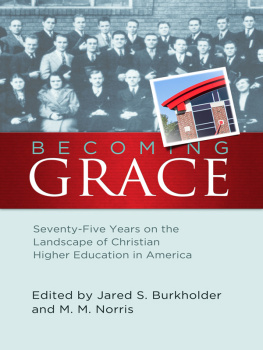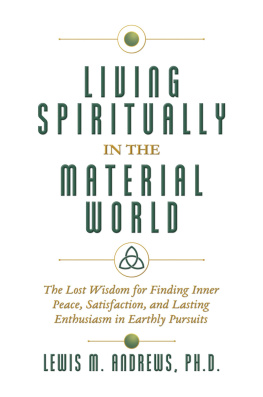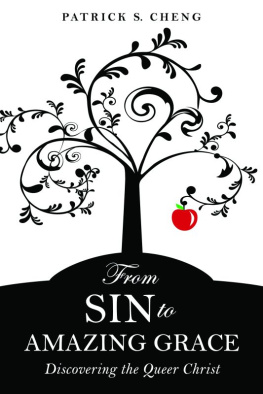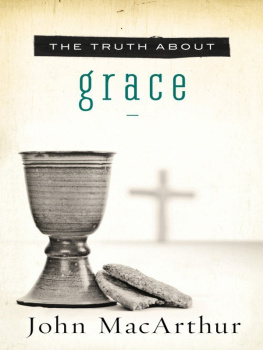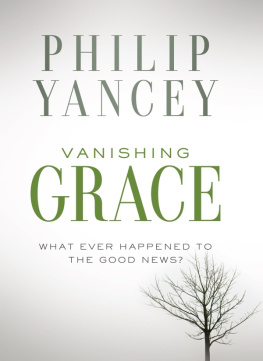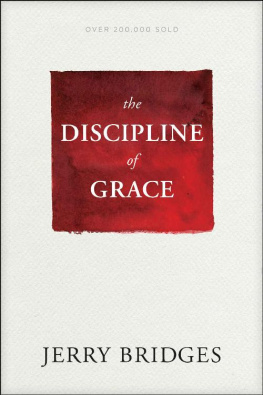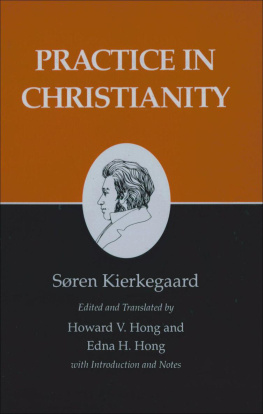What Others Are Saying about
BECOMING GRACE
L OCATED IN BEAUTIFUL W INONA L AKE , I NDIANA , G RACE C OLLEGE and Theological Seminary have been fixtures on the conservative evangelical landscape for much of the twentieth century. Jared Burkholder, Mark Norris, and the scholars they have recruited for this informative volume explore Graces fascinating history at the intersection of Pietism, Anabaptism, and Evangelicalism. Becoming Grace will appeal to the friends of the college and seminary as well as anyone interested in the history of American evangelicalism. It is a model institutional history that reflects the critical faithfulness of its editors. Burkholder and Norris celebrate Graces triumphs, but do not ignore its struggles.
John Fea, author of Why Study History?: Reflecting on the Importance of the Past and chair of the Department of History at Messiah College.
T HIS IS THE BEST KIND OF INSTITUTIONAL HISTORY: AT ONCE CELEBRATORY and critical, addressed to a particular community and yet also participating in larger scholarly conversations. Beyond its clear relevance for the people of Grace and the Fellowship of Grace Brethren Churches, it is especially valuable for those interested in how Christian higher education has developed at the crossroads of multiple traditions: evangelicalism and fundamentalism, Pietism and Anabaptism.
Christopher Gehrz, chair of the Bethel University Department of History and editor of The Pietist Vision of Christian Higher Education: Forming Whole and Holy Persons
B ECOMING G RACE DOES NOT SIMPLY RECOUNT THE HISTORY OF G RACE College and Theological Seminary. It also provides insight into cultural shifts that have influenced collegiate ideology and student life. The contributors understanding of the historical, political, and theological movements throughout the years allows them to open a window into the decisions and policies that shaped the school into what it is today. This book will be of great interest to academics but also will intrigue other readers as they discover the rich legacy and spiritual landscape surrounding Grace College and Theological Seminary.
Melissa Spoelstra, author of Jeremiah: Daring to Hope in an Unstable World
I N THIS WELL-CRAFTED OVERVIEW OF THE HISTORY OF G RACE C OLLEGE and Theological Seminary, the various contributors offer timeless stories of the institution that has been the catalyst for the FGBC movement of churches. Their writings capture the heart and history that have been built into the lives of countless families, churches, and individuals. These pages are filled with the detailed development of an academic institution but are written in a way that feels like you are swapping family stories with loved ones as you come to understand and appreciate your heritage.
Mark Artrip, lead pastor of Movement Church (FGBC), Hilliard, Ohio, and Grace Alumnus
I WELCOME THIS WORK . I T SITUATES G RACE C OLLEGE AND T HEOLOGICAL Seminary within the larger American religious and cultural context and highlights the internal and external forces that have shaped its unique identity. It balances chapters that take a more scholarly and interpretive approach to Graces place in the Brethren, fundamentalist, and evangelical worlds with chapters that feature informative details about various aspects of Graces institutional life. As a historian as well as someone who has sought to build bridges between the Ashland and Grace Brethren, I feel this volume will contribute to increased understanding and dialogue between two fellowships that have at times been wary of, if not openly antagonistic toward, one another. May this volume serve to open a new chapter in this relationship.
Dale Stoffer, professor of Historical Theology at Ashland Theological Seminary and author of A Gleam of Shining Hope: The Story of Theological Education and Christian Witness at Ashland Theological Seminary and Ashland College/University


Becoming Grace, Seventy-five Years on the Landscape of Christian Higher Education in America
Editors: Jared S. Burkholder, M. M. Norris
2015 by Jared S. Burkholder and M. M. Norris
ISBN: 978-088469-312-3
All rights reserved. No part of this book may be reproduced, stored in a retrieval system, or transmitted in any form, or by any means, electronic, mechanical, photocopying, recording, or otherwise, without prior permission of the publisher.
Cover design: Terry Julien
Unless otherwise noted, photos are used courtesy of the Winona History Center at Grace College. Used by permission.
For
Ron and Barbara Manahan
CONTENTS
T HE 2012-2013 ACADEMIC YEAR MARKED THE 75 TH ANNIVERSARY OF the founding of Grace Theological Seminary from which the undergraduate college was later established. The college and seminary marked that anniversary by reflecting on the history of both institutions. Banners were hung across campus, and two commemorative issues of the campus magazine, Two Eight and Nine , were published during the year. With a special focus on the schools past presidential administrations, these issues served as a fitting backdrop to then President Ronald Manahans announcement that he would conclude his service at the end of the spring semester. Homecoming and commencement, imbued with a special sense of meaning, also marked the anniversary with special programming. Additionally, the campus held a series of Heritage Forums, which were designed to highlight the schools 75 years from a more critical approach. Held over the course of the year in historic Westminster Hall, the forums included several papers as well as formal comments from historians not affiliated with Grace. This volume is a result of the reflection and commemoration of the 2012-2013 academic year, especially the research, oral interviews, and critical assessment conducted as part of the heritage forums.
Long before this anniversary year, however, President Manahan tasked the department of history with the job of writing a critical history of the institution for the occasion. He specifically did not want us to write something that was self-congratulatory or that was relevant only to the Grace family, but rather something of solid scholarship that would intersect with broader academic conversations. In honoring his desire, we realized that we would need a team of scholars to complete this task and thus invited others to join the project. In doing our work together, we strove to be objective, nonjudgmental, and not to be defensive about our past. Instead, we attempted to look systematically at who we were as an institution and to see how we got to where we are now.
It is worth nothing that although the contributors to this volume have worked hard in their research and labored over their conclusions, we do not see this book as the final word on the topics and tensions it covers. Historical writing is always subject to differing perspectives. It is also important to point out that the conclusions expressed by the authors and editors are theirs and theirs alone. While we have enjoyed working with members of the Grace administration as well as members of the Fellowship of Grace Brethren Churches, this book does not necessarily speak for Grace College or Seminary, its board, its administrators (past or present), BMH Books, the leadership of the FGBC, nor its members. Naturally, readers are free to form their own opinions about the conclusions drawn by the books contributors.
Though commemorative books are typically meant for a popular audience, our goals perhaps make this book somewhat unconventional as a commemorative volume. Indeed, it has been written primarily with scholars and historians in mind. In looking toward this audience, the book is largely arranged around tensions that have played a prominent role within the seminary and colleges past, and which are of particular interest to those who were invited to contribute. From the beginning, we have hoped that this volume would offer something of critical value to the scholarly conversation about Christian higher education in general. In particular, the relationship between evangelicalism and ethno-religious traditions such as the Brethren, the realities of institutional politics, and the challenges of changing social contexts were seen as requiring critical study.
Next page
